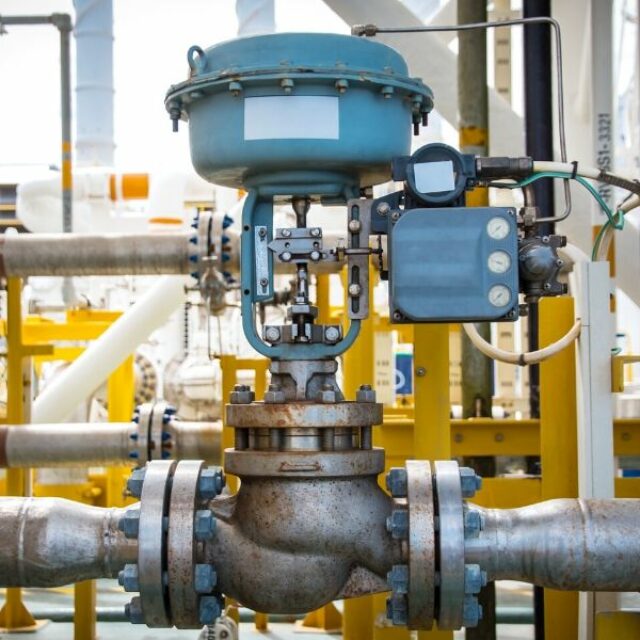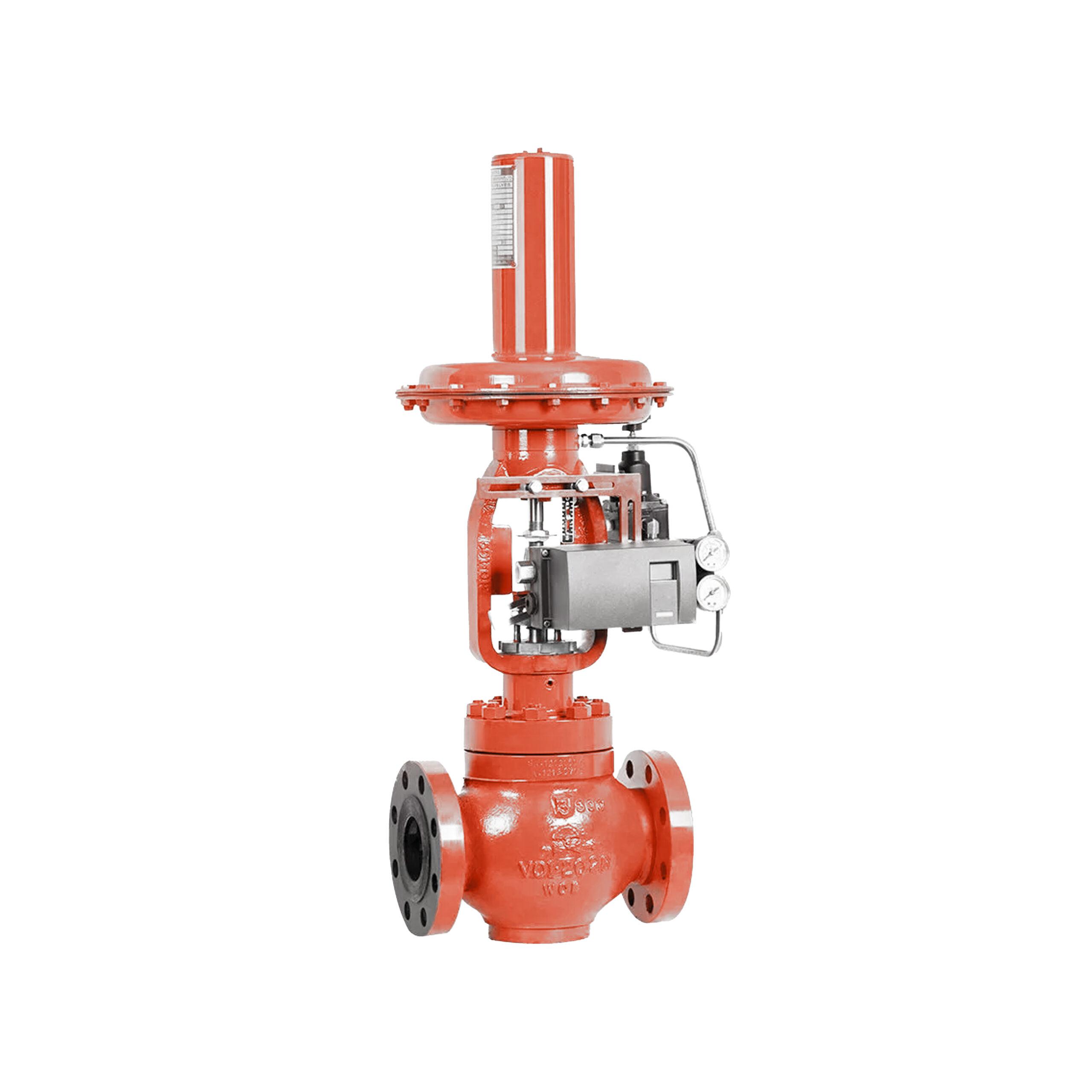The Duty of Control Valves in Fluid Flow Administration Equipment
The Duty of Control Valves in Fluid Flow Administration Equipment
Blog Article

Maximize Energy Cost Savings and Convenience With Advanced Structure Automation Controls
In the realm of contemporary design and center monitoring, the assimilation of innovative structure automation manages stands as a crucial improvement. The merging of technology and sustainability has birthed a brand-new era where power effectiveness, comfort optimization, and operational streamlining are no more possible facts yet remote desires. By harnessing the power of automation, structures can adjust, respond, and develop in methods that were once unimaginable. The possibility for considerable power financial savings and improved comfort is not simply a possibility but a promise waiting to be fulfilled. This standard shift in structure management holds the vital to unlocking a world where ecological conscientiousness and resident health harmoniously coexist within the walls of our structures.
Power Efficiency Perks
Energy efficiency benefits can substantially minimize power usage and functional prices in buildings. By carrying out energy-efficient techniques and technologies, building proprietors and operators can accomplish significant financial savings while also adding to environmental sustainability. One of the main advantages of enhancing energy performance in structures is the decrease of utility bills. Energy-efficient systems, such as innovative building automation controls, can enhance making use of resources like illumination, home heating, and air conditioning, causing lower power expenditures in time.
Furthermore, improved energy efficiency can prolong the lifespan of building devices and systems. By running extra efficiently, HVAC systems, lighting components, and other structure elements experience much less damage, causing lowered maintenance and substitute expenses. Additionally, energy-efficient buildings typically command higher property values and rental rates, offering long-term financial benefits to proprietors.
Furthermore, power effectiveness can boost resident comfort and efficiency. Properly managed indoor environments with optimal lighting and thermal conditions develop a more pleasant and conducive work space, resulting in improved staff member contentment and performance. Overall, the energy performance benefits associated with advanced structure automation controls are complex, encompassing cost financial savings, ecological stewardship, and owner wellness.
Boosted Convenience Control
Enhancing convenience control in building environments calls for a sophisticated assimilation of advanced automation systems for ideal owner wellness. By making use of sophisticated building automation controls, centers can tailor the interior atmosphere to satisfy the certain requirements and preferences of occupants. These systems allow accurate law of temperature, lights, and air flow, creating a comfortable and effective atmosphere. Passenger satisfaction and efficiency are closely connected to thermal comfort, making it important to have systems in position that can adjust to changing conditions in real-time.
Improved comfort control surpasses standard temperature level modifications. It includes functions such as individualized settings, occupancy sensors, and natural light application to produce a vibrant and receptive atmosphere. By integrating these innovative controls, structures can not only enhance comfort however likewise enhance energy performance by enhancing system procedures based upon real occupancy and usage patterns. Inevitably, prioritizing resident convenience with innovative automation systems results in a more satisfying and much healthier interior setting.
Functional Performance Improvements

Additionally, the implementation of real-time tracking and analytics devices enables building operators to recognize energy ineffectiveness and operational anomalies promptly. By continuously monitoring energy use patterns and system performance metrics, changes can be Click This Link made in real-time to optimize energy consumption and make certain peak functional efficiency. control valves. In addition, incorporating demand action methods right into building automation controls can further boost functional performance by dynamically readjusting power usage based upon grid conditions and prices signals
Indoor Climate Optimization
Effective indoor environment optimization is an essential facet of structure automation controls, making certain owners' convenience and health while making the most of power cost savings. By utilizing sophisticated sensors and controls, building automation systems can constantly adjust and keep an eye on temperature level, humidity degrees, air quality, and air flow to develop an optimum indoor setting. Preserving consistent and comfortable conditions not just improves passenger fulfillment yet likewise improves productivity and general well-being.
Interior climate optimization likewise plays a crucial duty in power efficiency. By fine-tuning home heating, air conditioning, and ventilation systems based on real-time data and tenancy patterns, constructing automation controls can dramatically decrease energy usage - control valves. As an example, executing methods such as demand-controlled ventilation and thermal zoning can help reduce energy waste while guaranteeing that each location of the structure receives the essential conditioning.

Lasting Environment Production
Structure automation manages not only optimize interior climate problems for energy efficiency and passenger comfort yet likewise lay the foundation for creating a sustainable environment via critical administration of sources and systems. By incorporating innovative structure automation innovations, such as sensors, actuators, and smart software, centers can keep an eye on and adjust power use in real-time to lessen waste and reduce their carbon footprint. These systems enable anticipating maintenance, recognizing potential issues before they escalate and optimizing equipment performance to enhance longevity and performance.
Moreover, sustainable setting creation expands past power administration to include water preservation, waste reduction, and interior air quality renovation. Structure automation controls can regulate water use, spot leaks, and guarantee proper garbage disposal techniques, adding to total sustainability initiatives. Additionally, by keeping track of and managing ventilation and filtering systems, these innovations boost passenger health and efficiency while reducing energy intake connected with a/c procedures.
Verdict
To conclude, advanced structure automation manages offer considerable advantages in regards to power financial savings, convenience control, functional effectiveness, interior environment optimization, and developing a click here now lasting setting. By implementing these controls, buildings can achieve optimum efficiency while lowering energy intake and improving passenger convenience. It is noticeable that making use of advanced automation technology is critical in enhancing structure performance and creating a more sustainable future.
Power effectiveness benefits can substantially reduce energy intake and operational expenses in structures. On the whole, the energy effectiveness advantages associated with innovative building automation controls are complex, incorporating price savings, environmental stewardship, and owner health.
In addition, including demand action strategies right into building automation controls can additionally boost operational efficiency by dynamically adjusting energy usage based on grid conditions and prices signals.
Building automation manages not just maximize indoor environment problems for energy efficiency and owner convenience but additionally lay the foundation for producing a sustainable environment with tactical monitoring of resources and systems.In final thought, advanced structure automation manages deal significant benefits in terms of power savings, convenience control, operational performance, interior environment optimization, and creating a lasting atmosphere.
Report this page